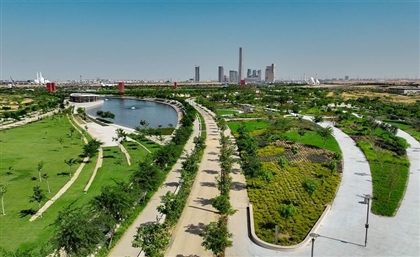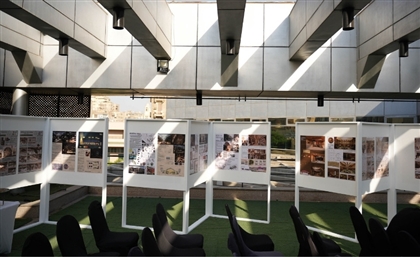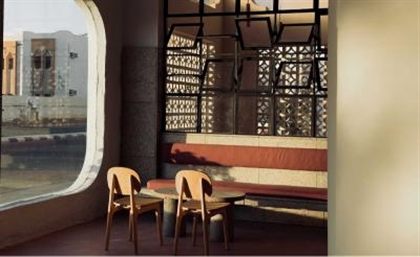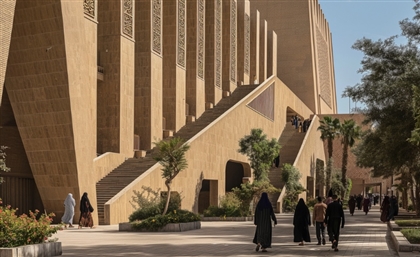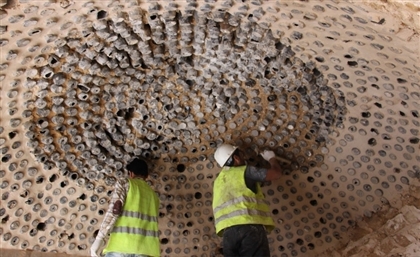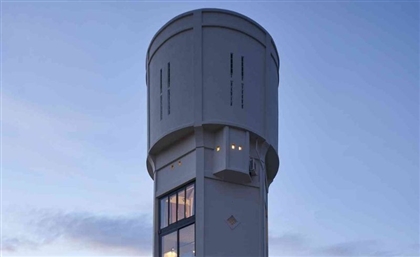Exploring the ‘Urban Spaces of Cairo’ at the Grand Egyptian Museum
Exploring Cairo’s urban evolution: The "Urban Spaces of Cairo" exhibit at the World Urban Forum, Grand Egyptian Museum.
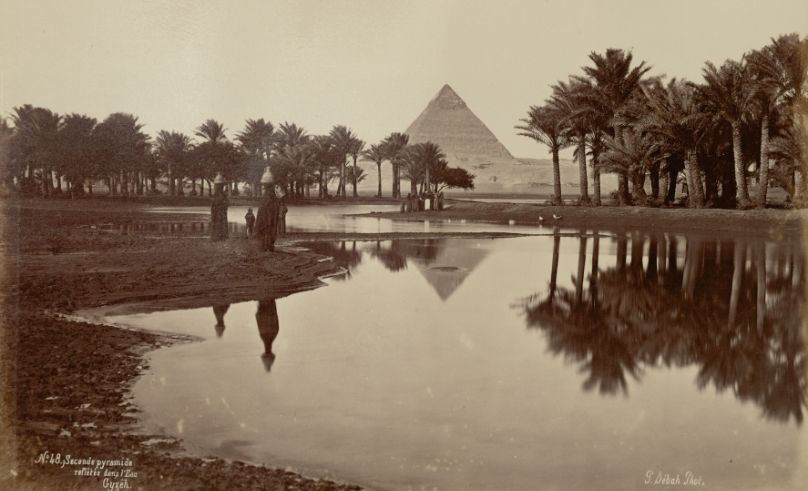
Cairo - a city where every corner whispers stories of ancient grandeur and modern resilience, a metropolis that has evolved over millennia, stitching together fragments of history, culture, and community. From the sunlit obelisks of Heliopolis to the bustling streets of Nasr City, Cairo’s narrative is one of constant transformation.
It’s a city that has given the world Pyramids, fortresses, souqs, and suburbs, yet continues to grapple with the challenges of preserving its heritage while accommodating an ever-growing population.
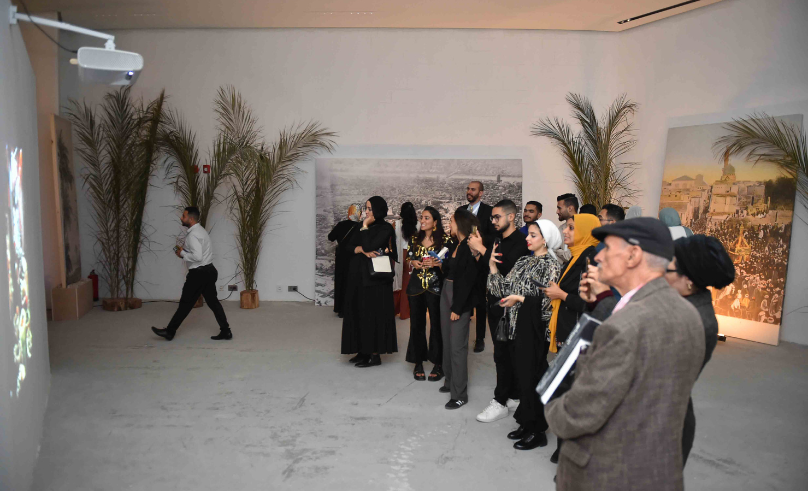
At the Grand Egyptian Museum, the ‘Urban Spaces of Cairo: Past, Present, and Future’ exhibition offered a rare opportunity to explore the dynamic evolution of Cairo’s built environment. Held during the 12th World Urban Forum and first Cairo Urban Week, the exhibition - originally scheduled from November 1 to 16 - was extended to November 23 due to the overwhelming interest, a testament to Cairo’s enduring significance as a cultural and architectural marvel.
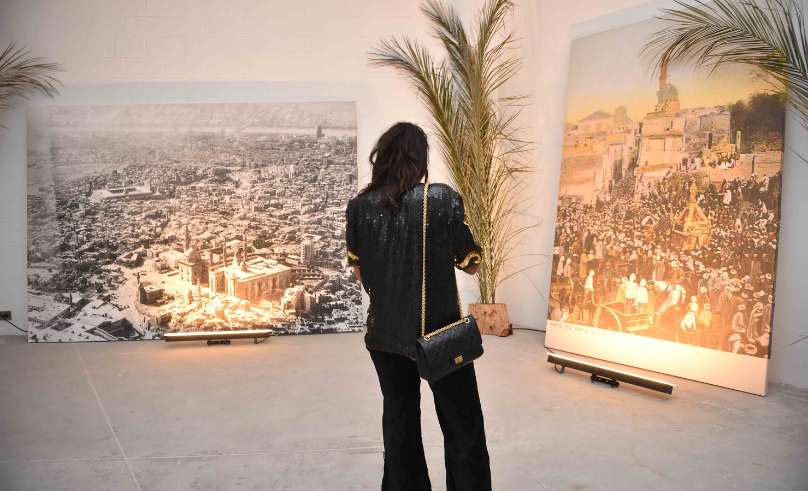
Curated by architects Nisreen Moustafa and Ramzi Makram-Ebeid, with assistant researcher and curator Nazly Abaza, this collaboration with UN Habitat Egypt brought together researchers, creatives, and archives, including the AUC Rare Books and Special Collections Library, to celebrate Cairo’s journey. Organised around the themes of trade, transportation, and community, the exhibition traced the city’s urban development from its earliest settlements near the Nile to contemporary housing projects like Asamarat, revealing a story that belongs not just to Cairo but to all of Egypt.
The Nile: A Lifeline Through Time
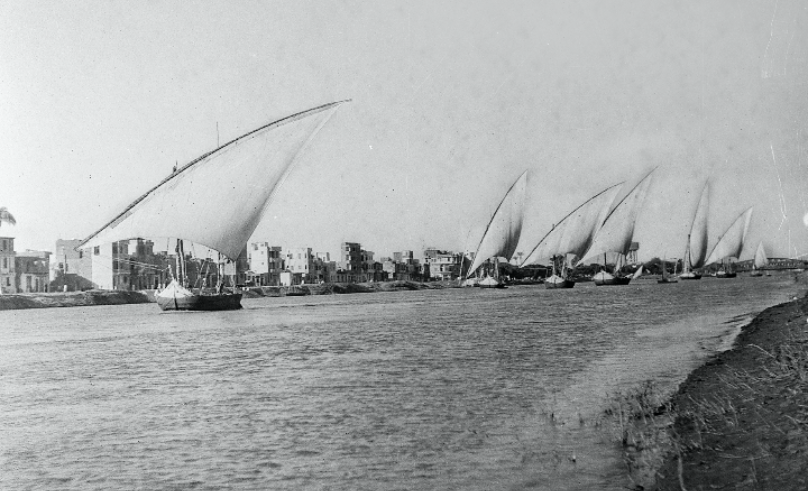 Courtesy of Karim Farouk and Al Akhbar
Courtesy of Karim Farouk and Al Akhbar
At the heart of Cairo’s story lies the Nile. More than just a river, it has been the lifeblood of Egypt’s urban evolution for over 6,000 years. From the fertile delta soils to the rhythmic ebb and flow of its waters, the Nile has shaped the city’s identity as a centre of trade, agriculture, and communal life.
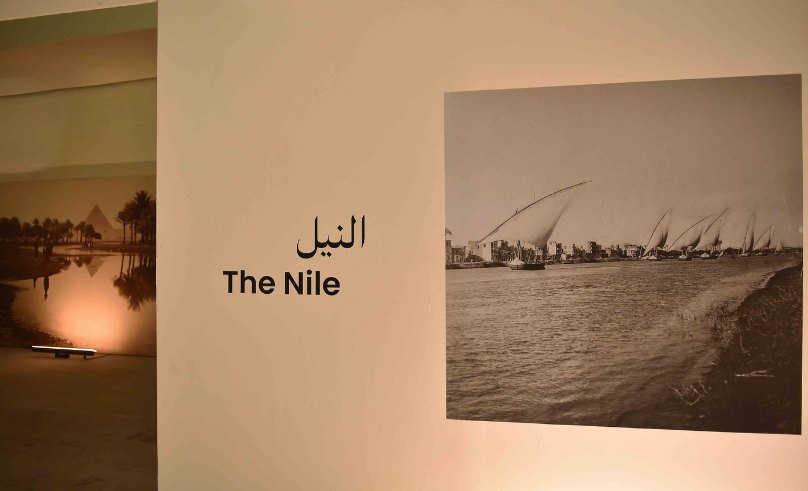
The exhibition highlighted how the Nile’s banks have always been a hub of activity. In Ancient Egypt, the river was a boundary separating life and death - settlements thrived on the east bank, while tombs and temples rose solemnly on the west. During the Fatimid era, the Nile became a stage for grand processions celebrating its significance, with the caliph himself leading the festivities. Innovations like the nilometer measured its waters, while aqueducts carried its lifeblood to sustain Cairo’s growing population.
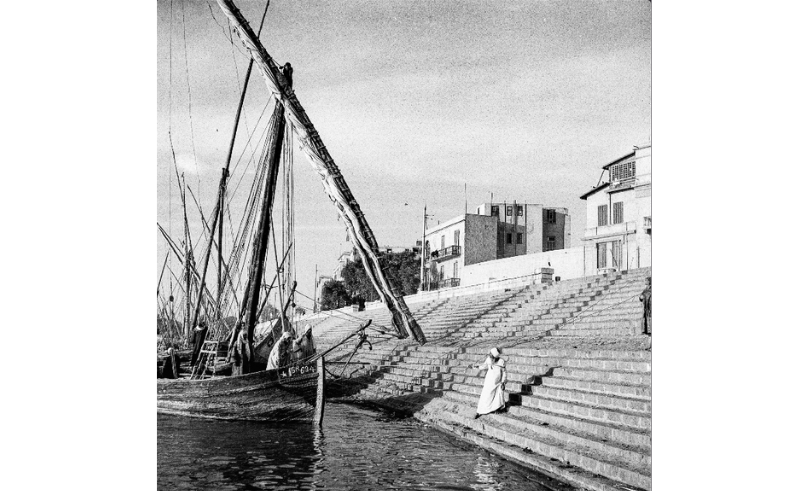
Even today, the Nile remains a communal node, from its tranquil Corniche walkways to its vibrant feluccas, connecting Egyptians with their shared heritage. It is the thread that binds Cairo’s many eras, reminding us of the city’s eternal relationship with this sacred river.
Ancient Heliopolis: A City of the Sun
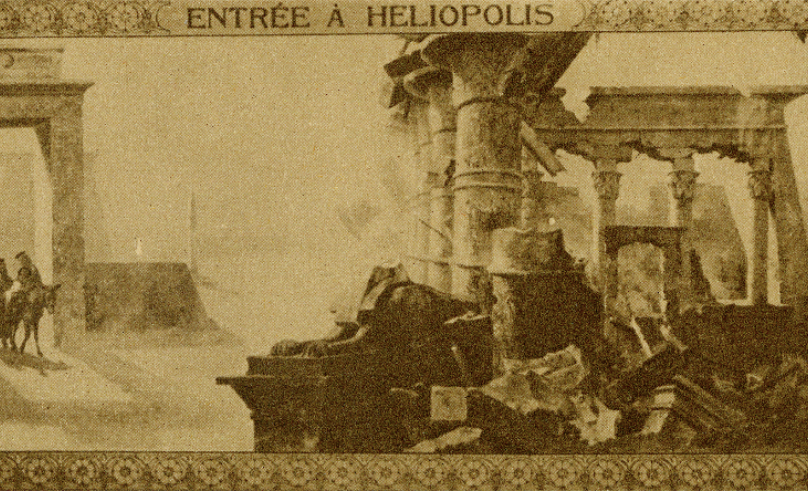 Courtesy of the Rare Books and Special Collections Library, The American University in Cairo.
Courtesy of the Rare Books and Special Collections Library, The American University in Cairo.
Around 3200 BC, Ancient Heliopolis emerged as one of the earliest urban centres of Egypt, dedicated to the worship of the sun gods Ra-Atum. The city’s Sun Temple stood as a spiritual and architectural wonder, surrounded by towering obelisks that symbolised divine connection.
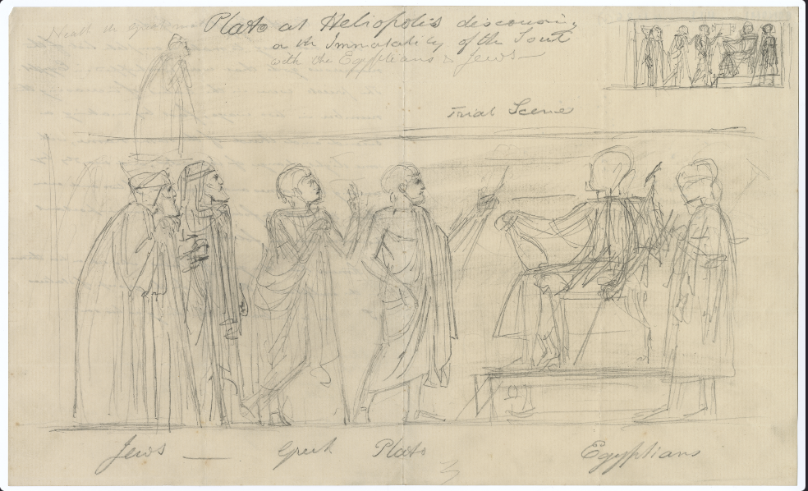 Plato at Heliopolis discoursing on the immortality of the soul with Egyptians and Jews Bonomi, Joseph. (1796-1878). (c) Griffith Institute, University of Oxford
Plato at Heliopolis discoursing on the immortality of the soul with Egyptians and Jews Bonomi, Joseph. (1796-1878). (c) Griffith Institute, University of Oxford
While much of Heliopolis now lies beneath the modern suburbs of Ain Shams and Al Matareya, its enduring legacy is embodied in the Obelisk of Senurset I, the oldest recorded obelisk in the world. This singular monument invites us to imagine a time when urban spaces were not just about living but connecting the earthly with the celestial.
Old Cairo: The Foundations of Community
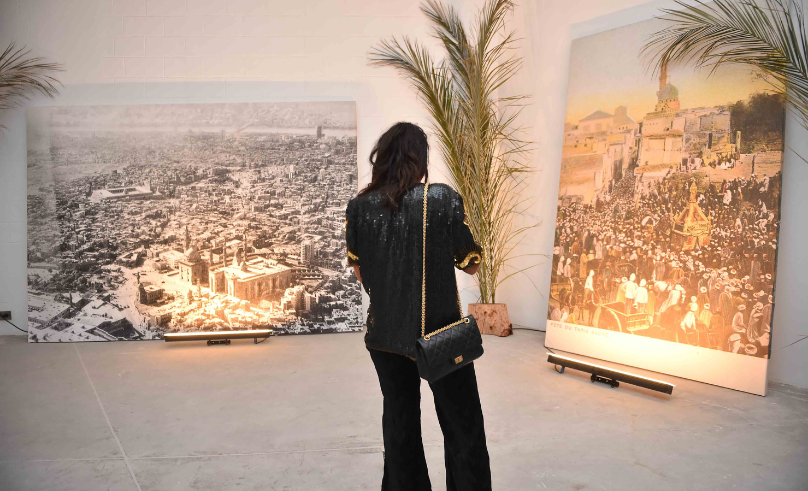
Old Cairo, anchored by the Fortress of Babylon, represents the intersection of history, religion, and resilience. This Roman bastion evolved into a vibrant neighbourhood where communities flourished. Coptic Cairo, with its Hanging Church and Ben Ezra Synagogue, became a haven of spirituality and learning.
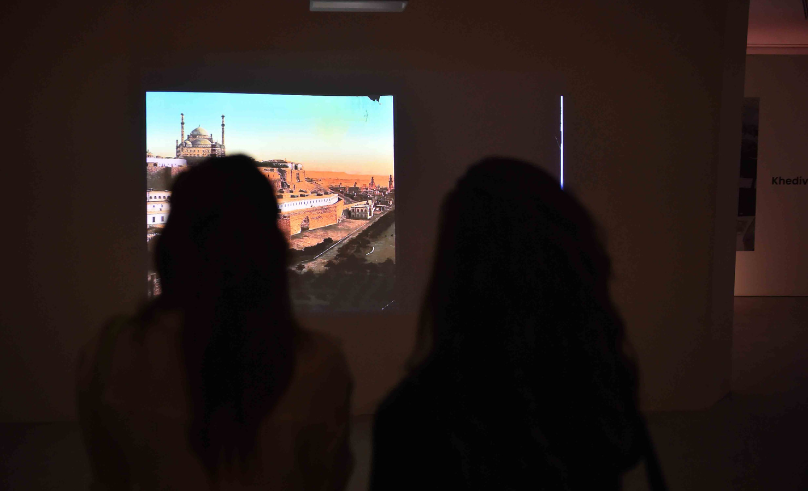
The exhibition shed light on how this area reflected Cairo’s adaptability. The fortress walls now house churches, synagogues, and markets, symbolising Cairo’s capacity to integrate diverse influences while retaining its essence.
Islamic Cairo: A Mosaic of Civilisations
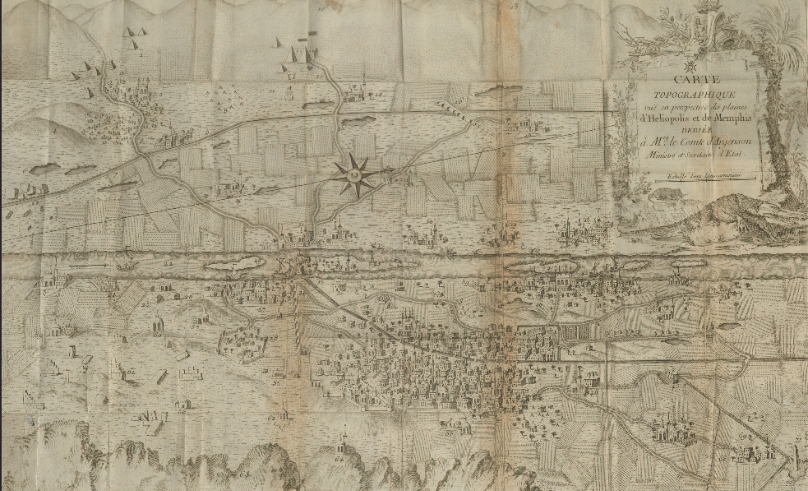 Courtesy of the Rare Books and Special Collections Library, The American University in Cairo.
Courtesy of the Rare Books and Special Collections Library, The American University in Cairo.
The establishment of Fustat in 641 AD marked the beginning of Islamic Cairo, a cityscape defined by mosques, madrasas, and bustling souqs. The Mosque of Al-Azhar, a beacon of learning, and the Khan el-Khalili, a vibrant marketplace, illustrated the rich tapestry of life in Islamic Cairo.
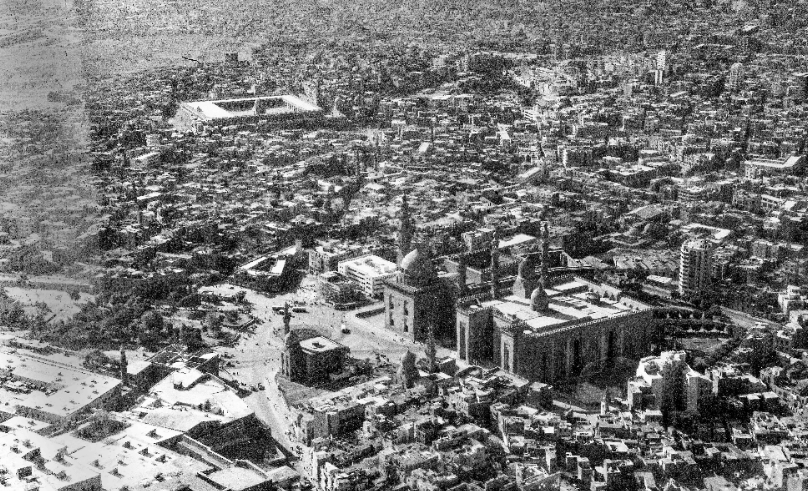 Courtesy of Karim Farouk and Al Akhbar
Courtesy of Karim Farouk and Al Akhbar
The City of the Dead, a sprawling necropolis, emphasised the spiritual dimension of urban planning. Even today, it remains both a historical site and a living community, bridging the sacred and the mundane in a uniquely Cairene way.
Khedival Cairo: A Modern Vision
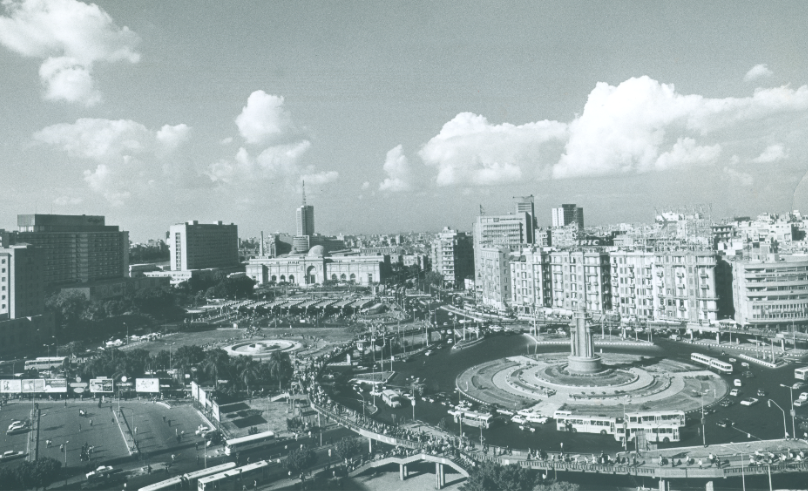 Courtesy of Karim Farouk and Al Akhbar
Courtesy of Karim Farouk and Al Akhbar
The 19th century brought transformative change under Khedive Ismail. Inspired by European urban planning, projects like Azbakeya Garden and Ramses Station introduced modern infrastructure while maintaining Cairo’s cultural identity. Tahrir Square, a symbol of revolution, emerged as a focal point of civic life. That said, who knew that it was once encircled by a pedestrian bridge?
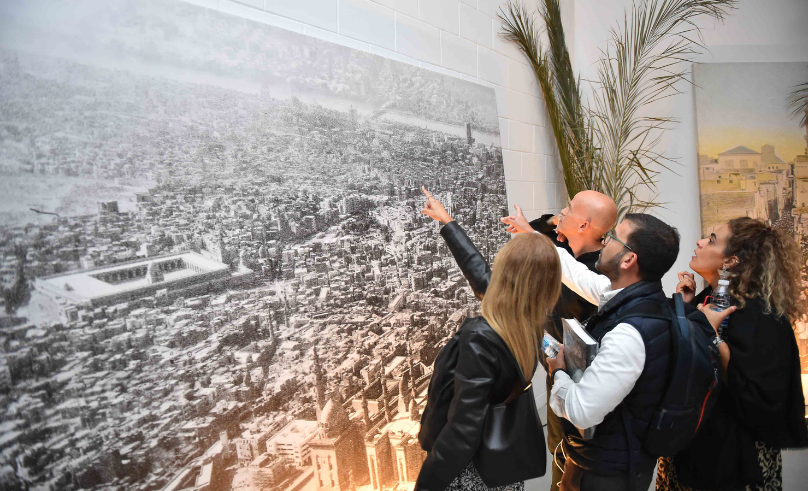
Khedival Cairo highlighted the tension between preserving tradition and embracing modernity - a balance that continues to shape Cairo’s urban development.
Nasr City: The Green Dream
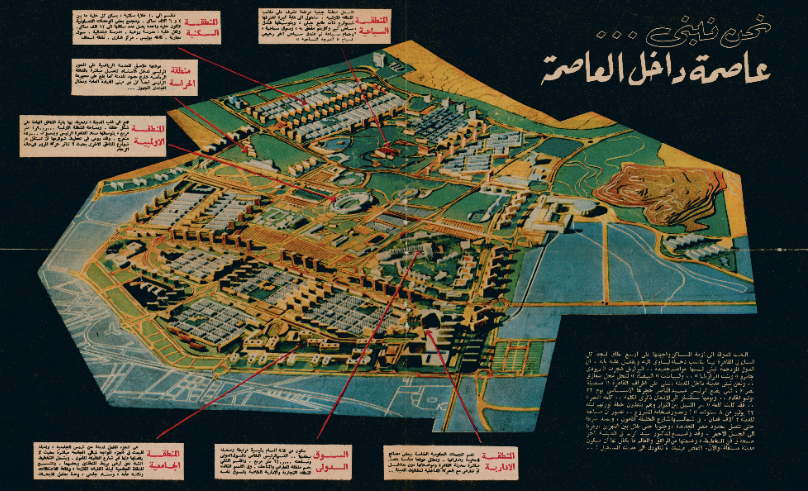 Courtesy of the Rare Books and Special Collections Library, The American University in Cairo.
Courtesy of the Rare Books and Special Collections Library, The American University in Cairo.
Conceived in the mid-20th century as a solution to Cairo’s overcrowding, Nasr City was designed with socialist ideals of equality and modernity. Its low-density neighbourhoods, green parks, and Corbusian architecture reflected an aspiration for organised and sustainable urban expansion. However, rapid urbanisation in the 1970s and 1980s disrupted these plans, leading to overpopulation and a loss of greenery.
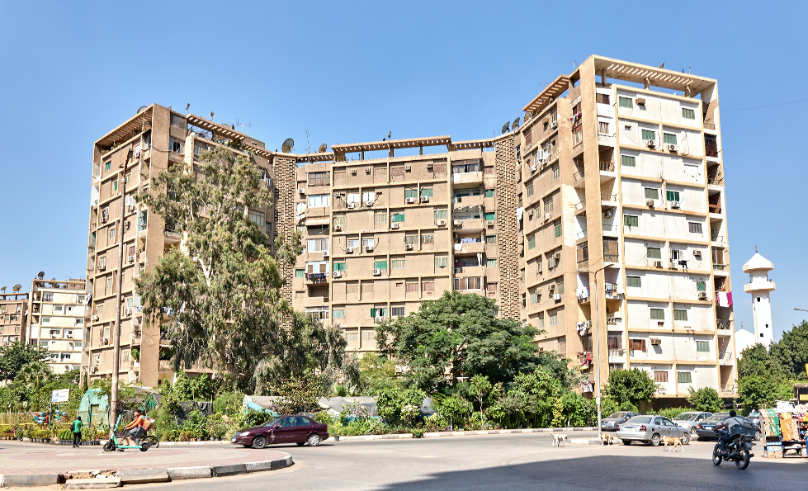 Photography by Yahia El Alaily
Photography by Yahia El Alaily
Today, Nasr City stands as a testament to both the potential and pitfalls of urban planning. Efforts by organisations like Madinet Masr aim to rejuvenate the district, bridging its original egalitarian vision with the realities of Contemporary Cairo.
Asmarat: Reimagining Urban Equity
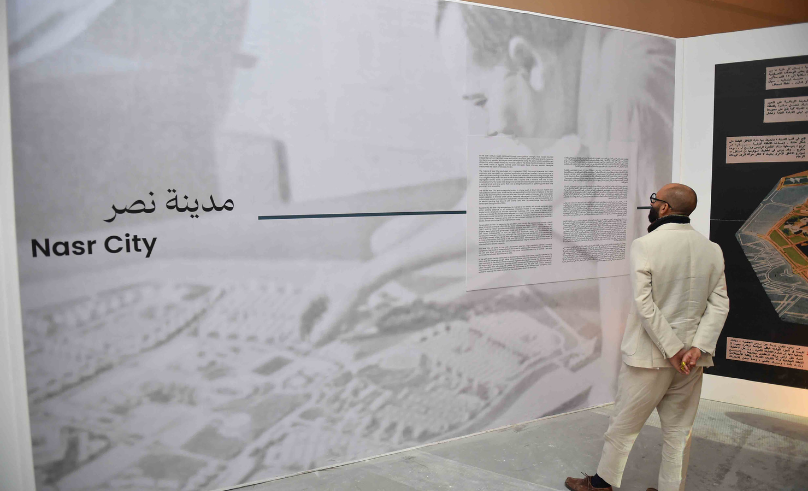
Asmarat, a 21st century housing development near Mokattam, represents Cairo’s ongoing efforts to address informal settlements. Unlike Nasr City’s mid-century vision, Asmarat focuses on relocating residents from unsafe areas to standardised, fully furnished homes. Designed with localised nodes and communal spaces, the project aligns with the Cairo 2050 Plan’s goal of eliminating unsafe settlements.
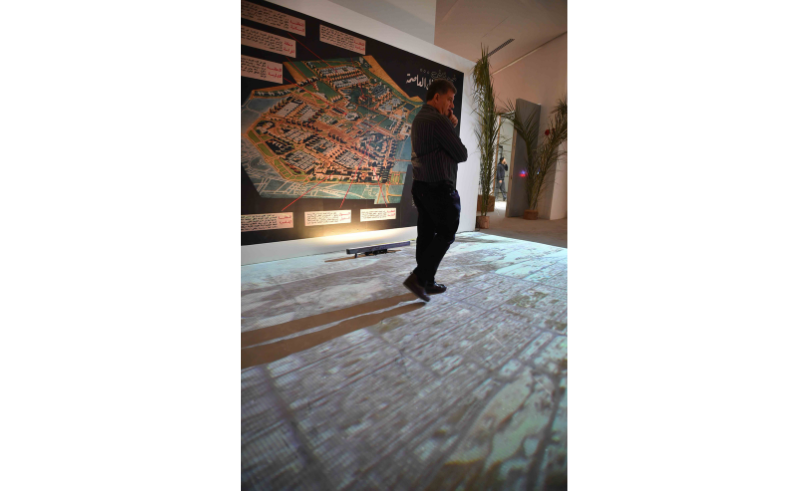
Curated with care and depth, the Urban Spaces of Cairo exhibition showcased Cairo’s complexity, proving that its urban spaces are not just physical structures but living narratives. It is a city that belongs to everyone, from its ancient beginnings along the Nile to its modern-day challenges and aspirations.

As Cairo continues to evolve, the exhibition leaves us with a profound message: understanding our past is the first step toward building a future worthy of this extraordinary city.
- Previous Article The Enduring Charm of Jeddah’s Old Town of Al Balad
- Next Article Layers of Lucida: Cairo’s Hautest Ancient Egypt Inspired Restaurant




